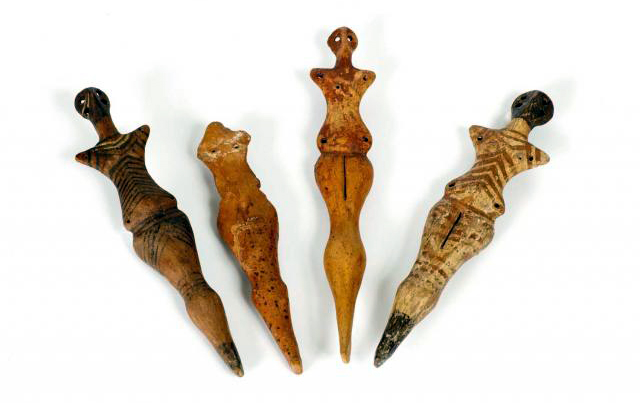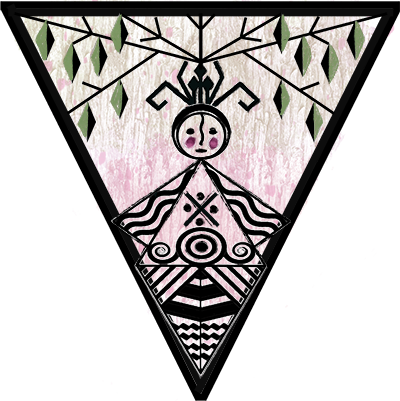
I read this week a great article in The Guardian, Season of the witch: why young women are flocking to the ancient craft, about women’s reclaiming the name of the witch, as a symbol of feminine power. The witch has enormous significance for women particularly in the Christian world. And pre-Christian, for that matter, in Western Europe at least, from my knowledge. I know a bit about Hinduism and the mythologies in that Eastern space, and I don’t see a similar concept there. Women as clairvoyants and healers, connected to an ancestral source of power that is entirely their own and within their reach–it’s a powerful concept.
There is strong evidence that in Eastern Europe it might have started earlier than the Medieval witch-hunt times and earlier than even the Druids. It started with the prehistoric world. Marija Gimbutas was an archaeologist who studied ancient European cultures and developed a very interesting and compelling (which obviously became highly controversial) theory of a matristic (woman-centered), Goddess-worshiping, egalitarian, highly artistic, and peaceful culture during the Neolithic era, in Old Europe, as she calls it. Many vestiges of this civilization have been found in Romania, at Cucuteni, that’s why it is very dear to me.
“The primordial deity for our Paleolithic and Neolithic ancestors was female, reflecting the sovereignty of motherhood. In fact, there are no images that have been found of a Father God throughout the prehistoric record. Paleolithic and Neolithic symbols and images cluster around a self-regenerating Goddess and her basic functions as Giver-of-Life, Wielder-of-Death, and as Regeneratrix.”
The Civilization of the Goddess, Marija Gimbutas.
The book that I’m working on now (don’t even ask!) has the Cucuteni culture as one of the main inspirations. It’s just a fascinating concept.
One of the most interesting aspects of this story is that the Cucuteni civilization simply vanished quite suddenly in historical terms and the reasons are hard to explain based on the current archaeological evidence. One of the unexplained traditions of these old European culture was to burn their villages down periodically (every 60 to 80 years) and rebuild new ones on top of the ashes of the old. One day they just burned the old settlements down and never rebuilt them. None of the culture’s devastatingly rich, advanced, and refined art or traditions survived. Draught, invasion, and migration to other territories have been stipulated as possibilities for the disappearance, but there is no strong evidence to strongly support any of these directions.
I just think it’s important that we don’t forget there was a time before patriarchy that we can look back to and that can serve as inspiration for the future, and as a source of strength for the present. Women do need to reclaim the power of the witch, of the Goddess, the power within themselves.




[…] The main element this time is the Cucuteni goddess figure (you might remember that I wrote about it here). I created the design a long time ago on paper, but never managed to work on the digital version […]